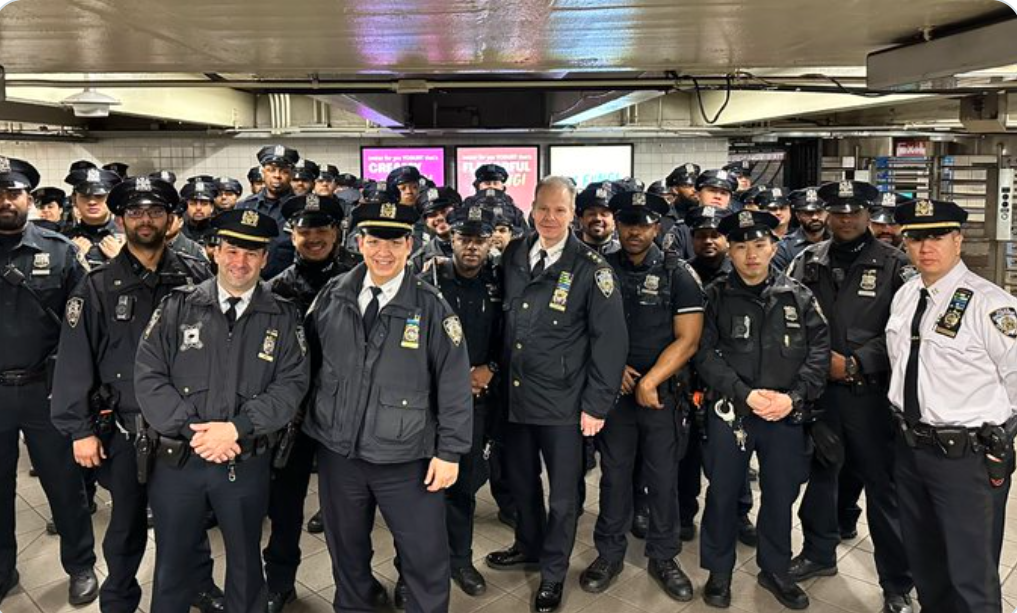Concentrating more police officers in New York City subway stations has proven to be an effective strategy: crime rates have dropped, and passengers report feeling safer. However, the Metropolitan Transportation Authority (MTA) has revealed that the rising tide of violence is often directed at the officers themselves.
According to MTA data, about one in three complaints now involve an assault on an officer. The number of such incidents has surged by 152 percent since the pandemic, with 179 reports in 2024, up from 71 in 2019. MTA Chief Security Officer Michael Kemper attributed the rise in assaults to the same factors that have driven the overall crime decline, noting that this is the highest number of assaults since 1997.
MTA President Janno Lieber pointed to a shift in attitudes toward law enforcement, particularly among those stopped for fare evasion or smoking in stations—two of the officers’ primary duties. “People have become accustomed to the idea that these behaviors are a right,” Lieber said. “Now, they’re taking it out on the police, which, to me, is shocking.”
In a related development, U.S. Secretary of Transportation Sean Duffy recently requested crime data from the MTA, aiming to highlight any issues that could justify withdrawing federal funding supporting the MTA. One of the key issues at stake is congestion pricing—a $9 toll for vehicles entering and exiting Manhattan at 60th Street. The toll, intended to raise over $500 million and alleviate traffic congestion, has been a point of contention. The Trump administration had previously threatened to eliminate the toll, while New York State Governor Kathy Hochul has firmly opposed such moves, arguing that additional funding is necessary to maintain public transit systems that serve about half of the nation’s passengers.












